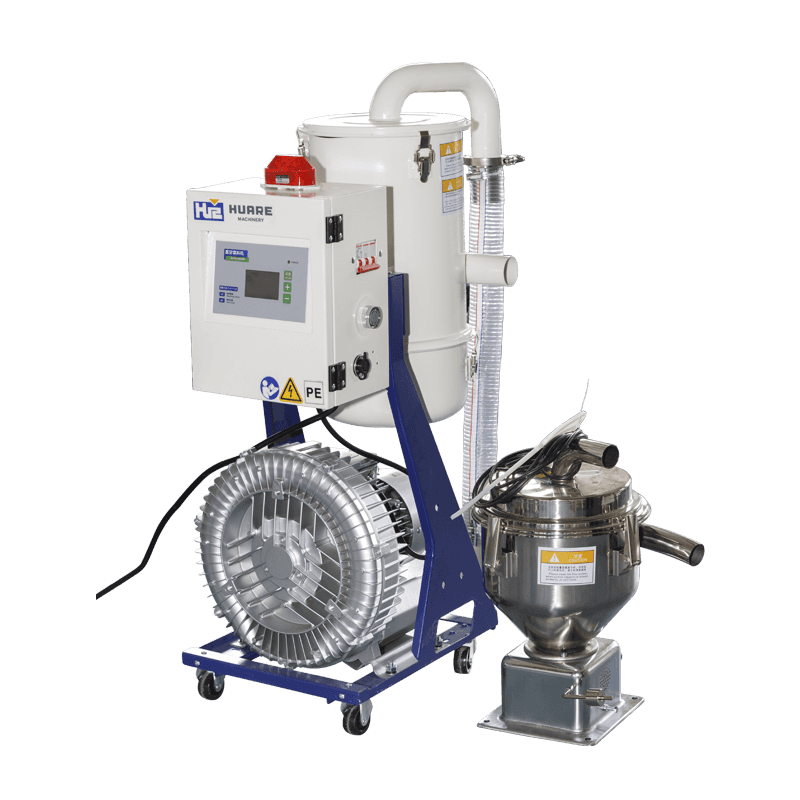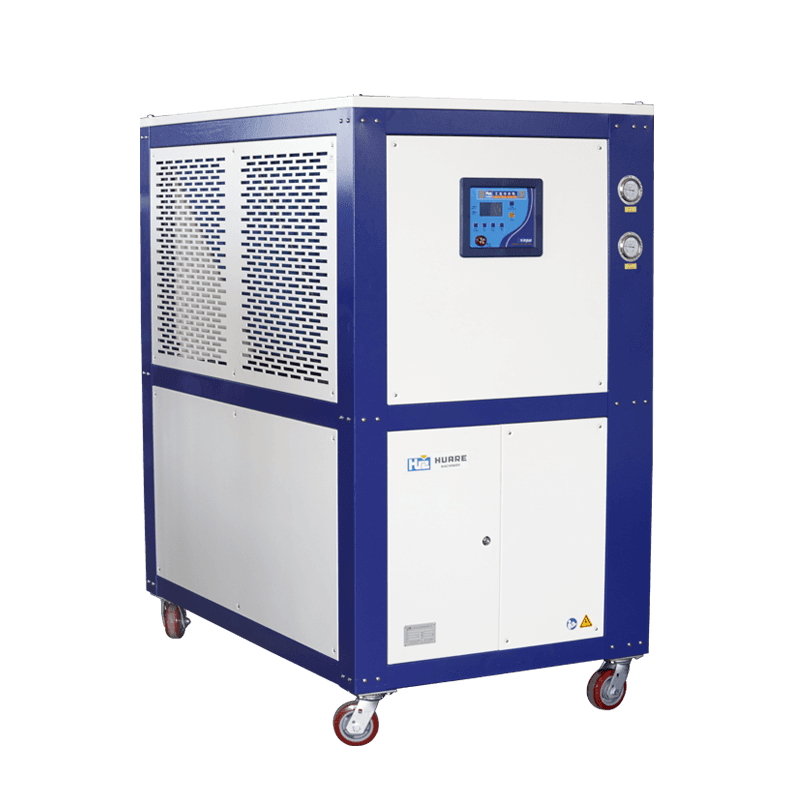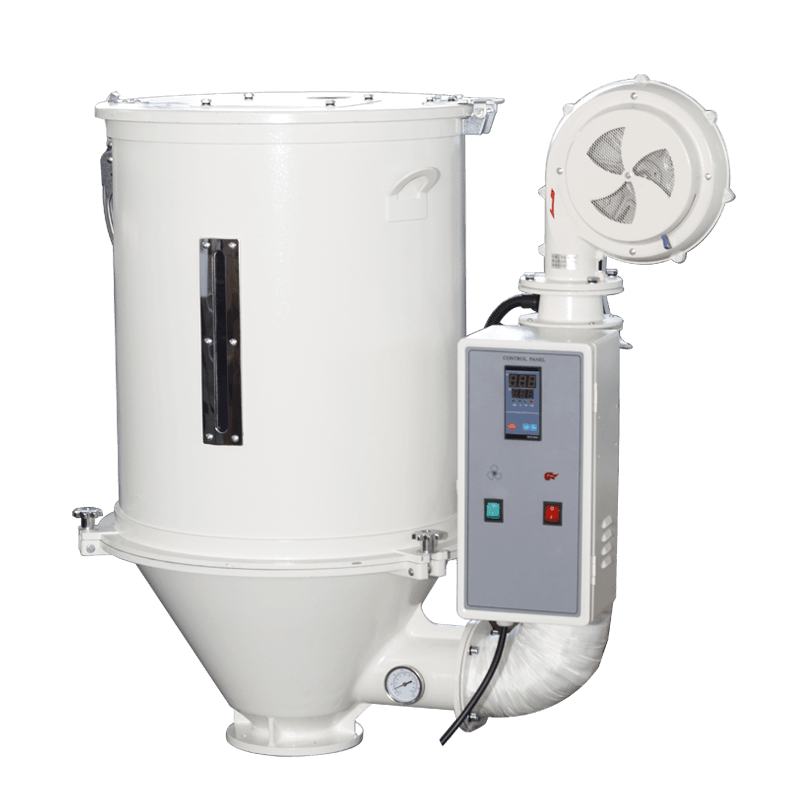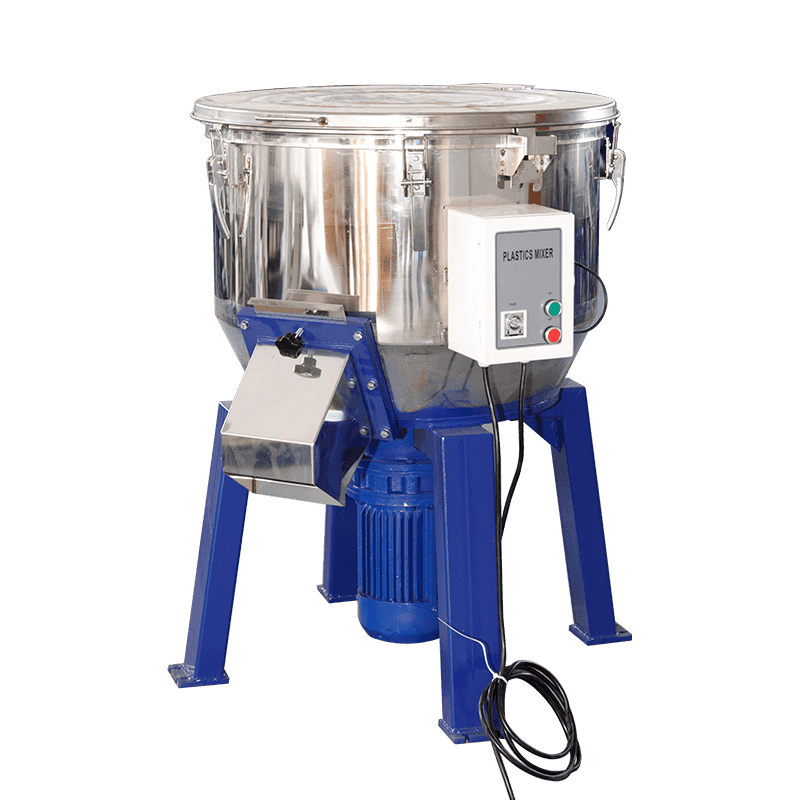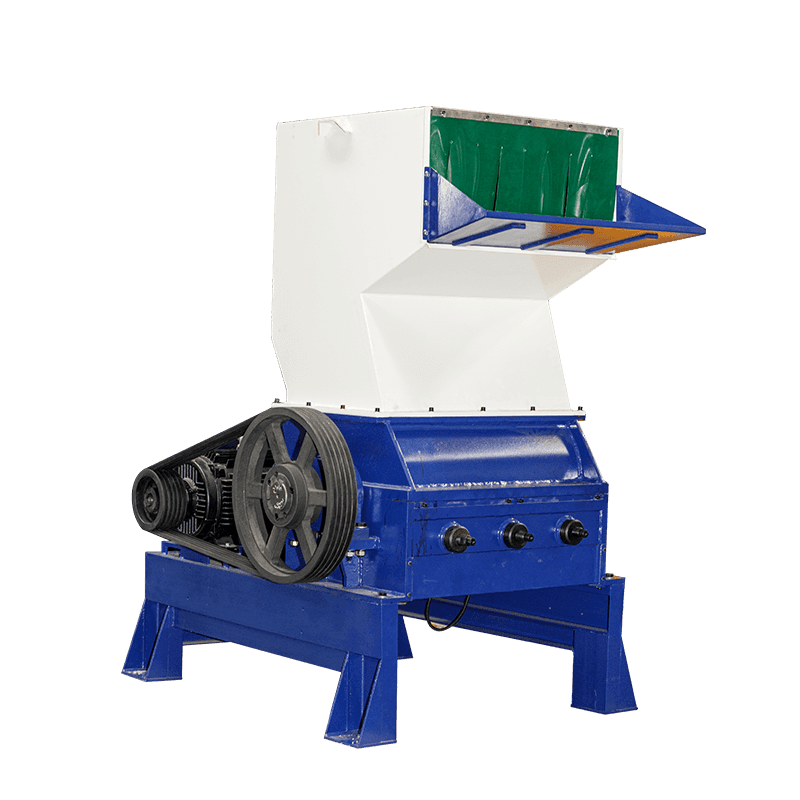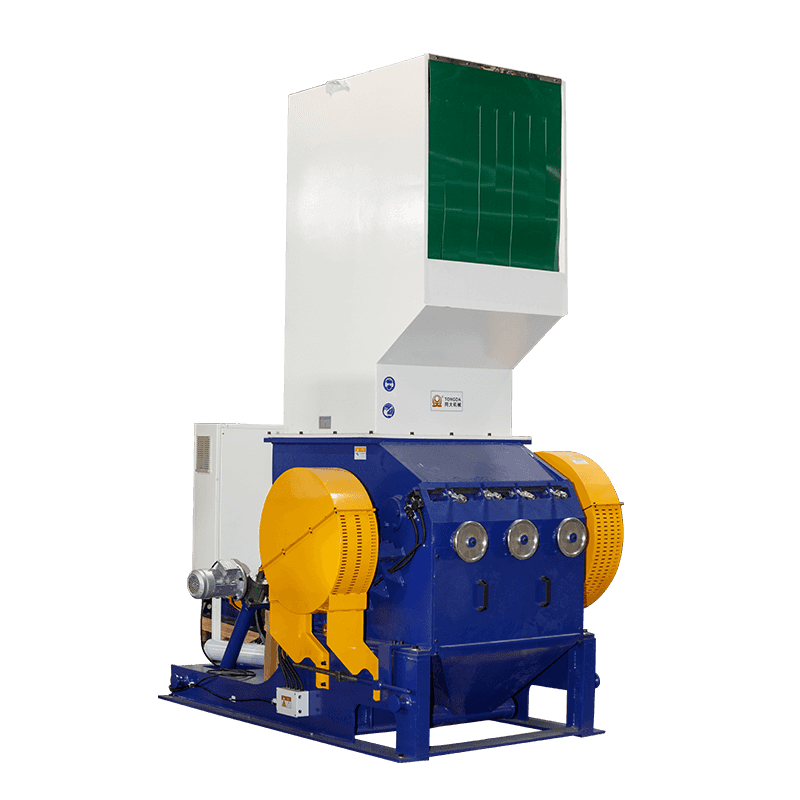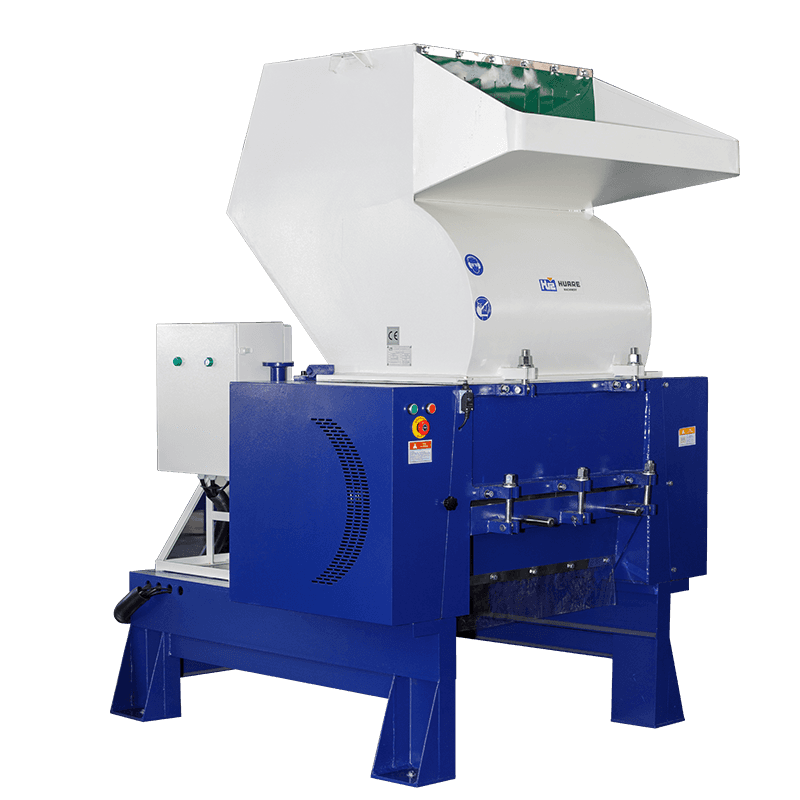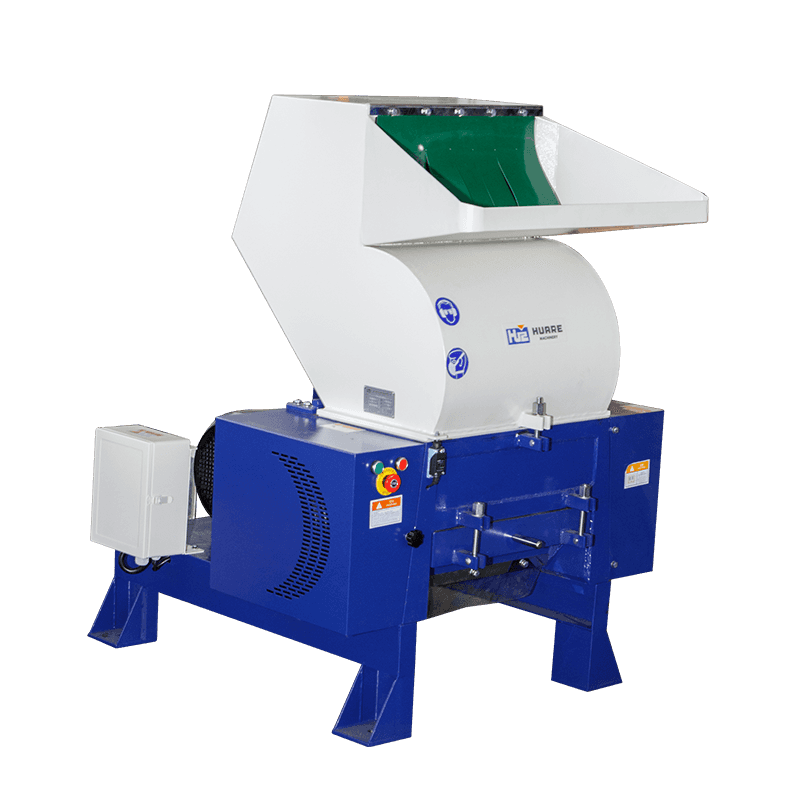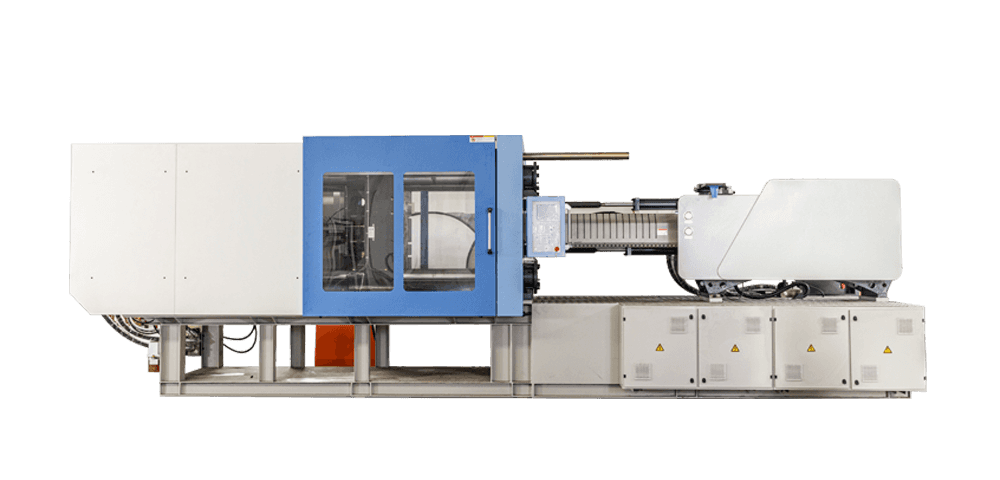The efficiency of material replacement in an injection molding machine can vary depending on several factors, including the machine's design, the complexity of the changeover process, and the experience of the operators. Efficient material replacement is crucial in minimizing downtime and optimizing production in an injection molding operation. Here are some key factors that can influence the efficiency of material replacement:
1.Machine Design: The design of the injection molding machine can significantly impact the ease and speed of material replacement. Modern machines often feature quick-change systems and user-friendly interfaces that streamline the process.
2.Material Compatibility: Switching between materials with similar processing characteristics (e.g., similar melting temperatures and injection parameters) is typically more efficient than changing to materials with significantly different requirements. Compatibility between materials and the machine's components (e.g., screws and barrels) can also affect changeover efficiency.
3.Operator Experience: Experienced machine operators are more efficient at material replacement because they are familiar with the process, know the machine's settings, and can troubleshoot issues quickly.
4.Preparation: Proper preparation before material replacement is key to efficiency. This includes cleaning the hopper, removing residual material, and ensuring that the new material is dry and ready for processing.
5.Tooling and Molds: If the mold needs to be changed along with the material, the efficiency of the tooling change can impact overall downtime. Well-designed molds with quick-change features can reduce downtime during material replacement.
6.Material Handling Equipment: The use of material handling equipment, such as material loaders and conveyors, can expedite the process by automating material transfer from storage to the machine's hopper.
7.Documentation: Having clear and well-documented procedures for material replacement can help ensure consistency and efficiency across different operators and shifts.
8.Material Changeover Strategy: Implementing a well-thought-out material changeover strategy can minimize downtime. For example, some operations use "piggyback" hoppers that allow for seamless material transitions without emptying the entire hopper.
9.Testing and Validation: After material replacement, it's essential to perform quality checks and adjustments to ensure that the new material is processing correctly and that the molded parts meet specifications.
10.Maintenance: Regular maintenance of the injection molding machine can prevent issues that might slow down material replacement, such as nozzle blockages or wear on machine components.
Efficiency in material replacement is crucial for maintaining production schedules and minimizing scrap during changeovers. The specific efficiency gains will vary from one operation to another, but in general, well-planned changeover procedures, experienced operators, and the use of modern injection molding equipment with user-friendly features can contribute to faster and more efficient material replacements. Minimizing downtime during changeovers is a key goal for many manufacturing facilities to optimize overall production efficiency.
How efficient is the material replacement of the injection machine?
PREV:Under what conditions will machine wear occur when using an injection machine?
NEXT:Does the injection machine have a drying system?




 English
English عربى
عربى Español
Español